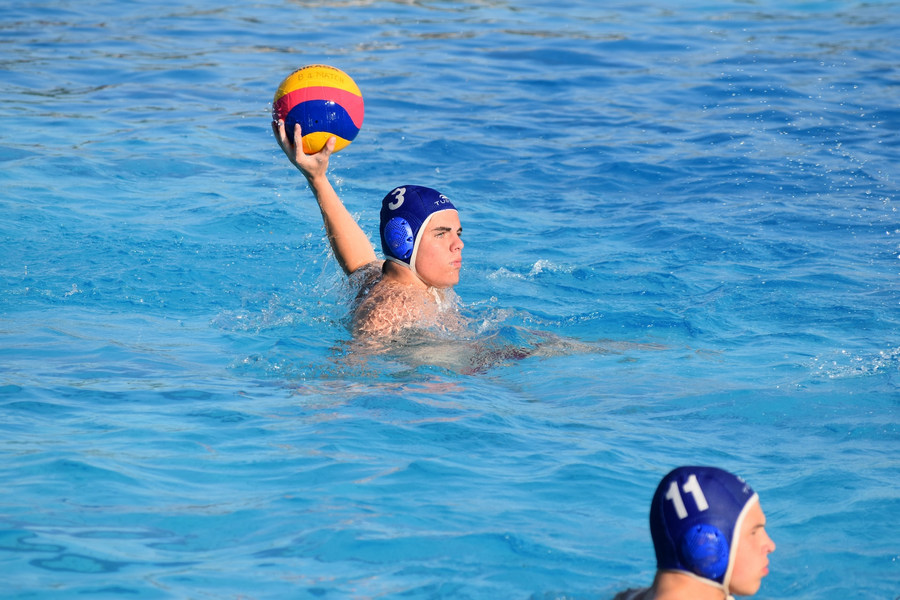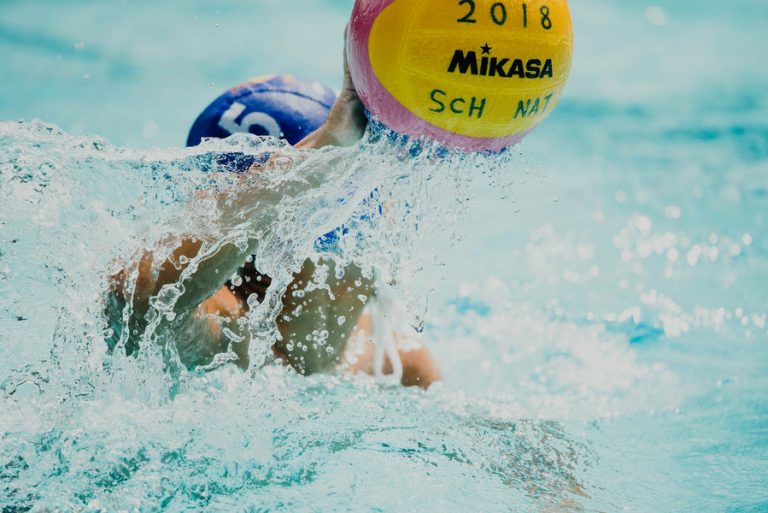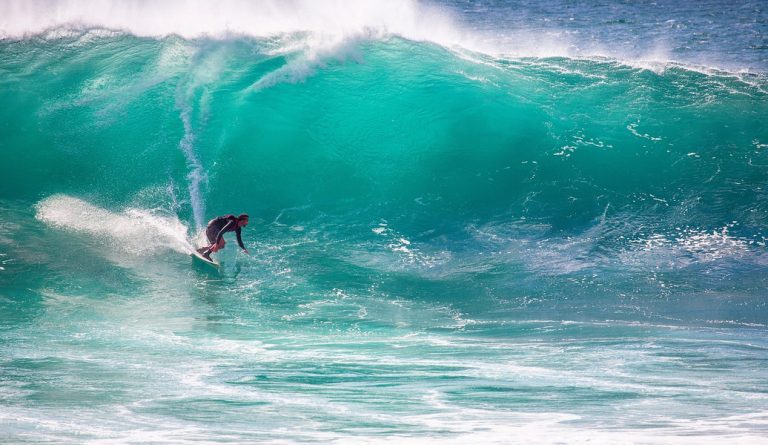Diving Deep into the Splash: A Comprehensive Guide to Understanding Water Polo Rules

Water Polo, a dynamic sport that combines elements of swimming, soccer, and basketball, may initially appear complex to a newcomer. With its rapid pace and vigorous physical engagement, unraveling the rules of this aquatic game can be daunting. Fear not! This article is designed to immerse you in the details of water polo rules, unraveling the mysteries of this exciting sport.
The Basics: Water Polo Simplified
In the most simplified terms, water polo is a game where two teams strive to throw a ball into the opponent’s goal, earning points in the process. But there’s much more to the game than that. Let’s delve into some fundamental rules that govern the sport:
The Team Composition
A standard water polo team comprises seven players, including the goalkeeper. Each team can also have six substitute players on the bench. The goalkeeper plays a critical role, and their key responsibility is to defend the goal from the opposing team’s shots.
The Game Duration
A regulation game lasts for 32 minutes, divided into four quarters of eight minutes each. There is a two-minute break between the quarters and a five-minute break at halftime.
The Field of Play
The water polo pool is divided into four quarters with colored cones. It’s crucial to note that the depth of the water must be at least 1.8 meters, ensuring players cannot touch the bottom, making the game entirely a swimming affair.
The Ball and Scoring
The game is played with a yellow water polo ball. The objective is to score goals by throwing the ball into the opponent’s net. A goal counts as one point, and the team with the most points at the end of the game wins.
Advanced Rules: Exploring Deeper
Now that you’ve got a handle on the basics, let’s swim into deeper waters and explore some advanced rules:
The Swim-off
Every quarter begins with a swim-off where the teams line up on their respective goal lines. The referee throws the ball into the middle, and the players swim towards it. The team that reaches the ball first gains possession.
The Shot Clock
Each team has 30 seconds to take a shot at the goal once they have possession. Failing to do so results in a turnover, giving possession to the opposing team.
Fouls and Penalties
Understanding fouls is vital to mastering water polo rules. There are two main types: ordinary fouls and exclusion fouls.
- Ordinary Fouls: These include actions like stalling the game, touching the ball with two hands, and taking the ball underwater when tackled. The consequence of an ordinary foul is a free throw to the opposing team.
- Exclusion Fouls: These are more serious infractions, such as kicking or hitting an opponent. The player committing the foul is sent out of the pool for 20 seconds or until a goal is scored.
Strategy and Techniques: A Tactical Perspective
Aside from understanding the rules, recognizing some common strategies and techniques can provide valuable insights into the game:
Positioning
Effective positioning is a key aspect of water polo strategy. Players need to maintain a favorable position both for attacking and defending. The forwards need to be closer to the goal, ready to take shots, while the defenders and the goalkeeper guard the goal area.
Ball Handling
Good ball handling skills are critical. This includes accurate passing and shooting, as well as being able to receive the ball effectively. Ball control can often determine the outcome of the game.
Communication and Coordination
Successful water polo teams communicate effectively and coordinate their actions. This can be through verbal calls, hand signals, or simply understanding their teammates’ playing styles and anticipating their moves.
Conclusion: Dive into the Game
Water polo is an exciting, fast-paced sport that requires not just physical fitness and swimming skills, but also strategic thinking and team coordination. Understanding the rules is the first step to appreciating the sport, whether you’re planning to play, coach, or simply be an informed spectator. From the basics to the advanced rules and strategic elements, this guide provides a comprehensive overview of the game. Now, with this newfound knowledge, you’re ready to dive into the thrilling world of water polo!




